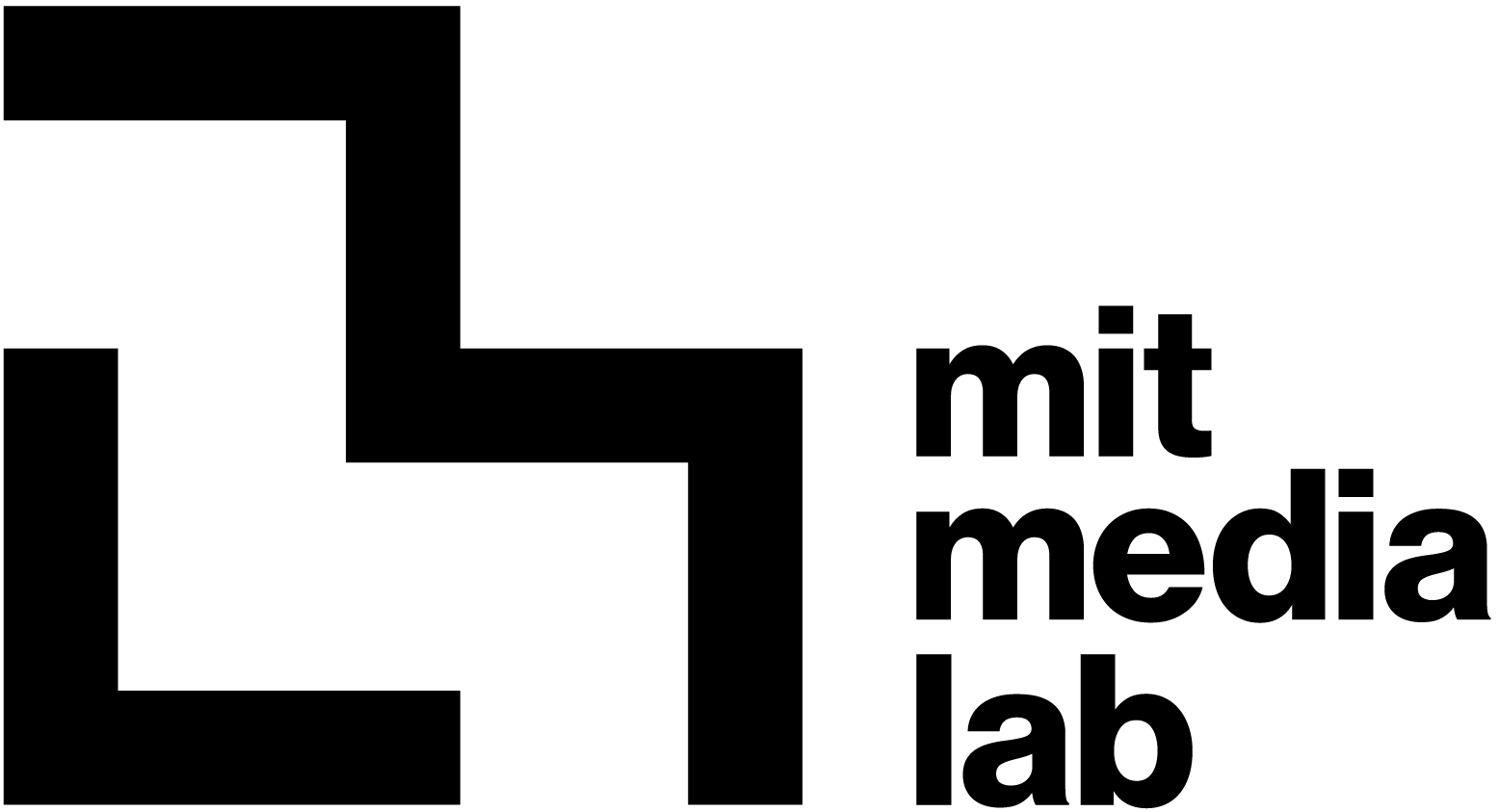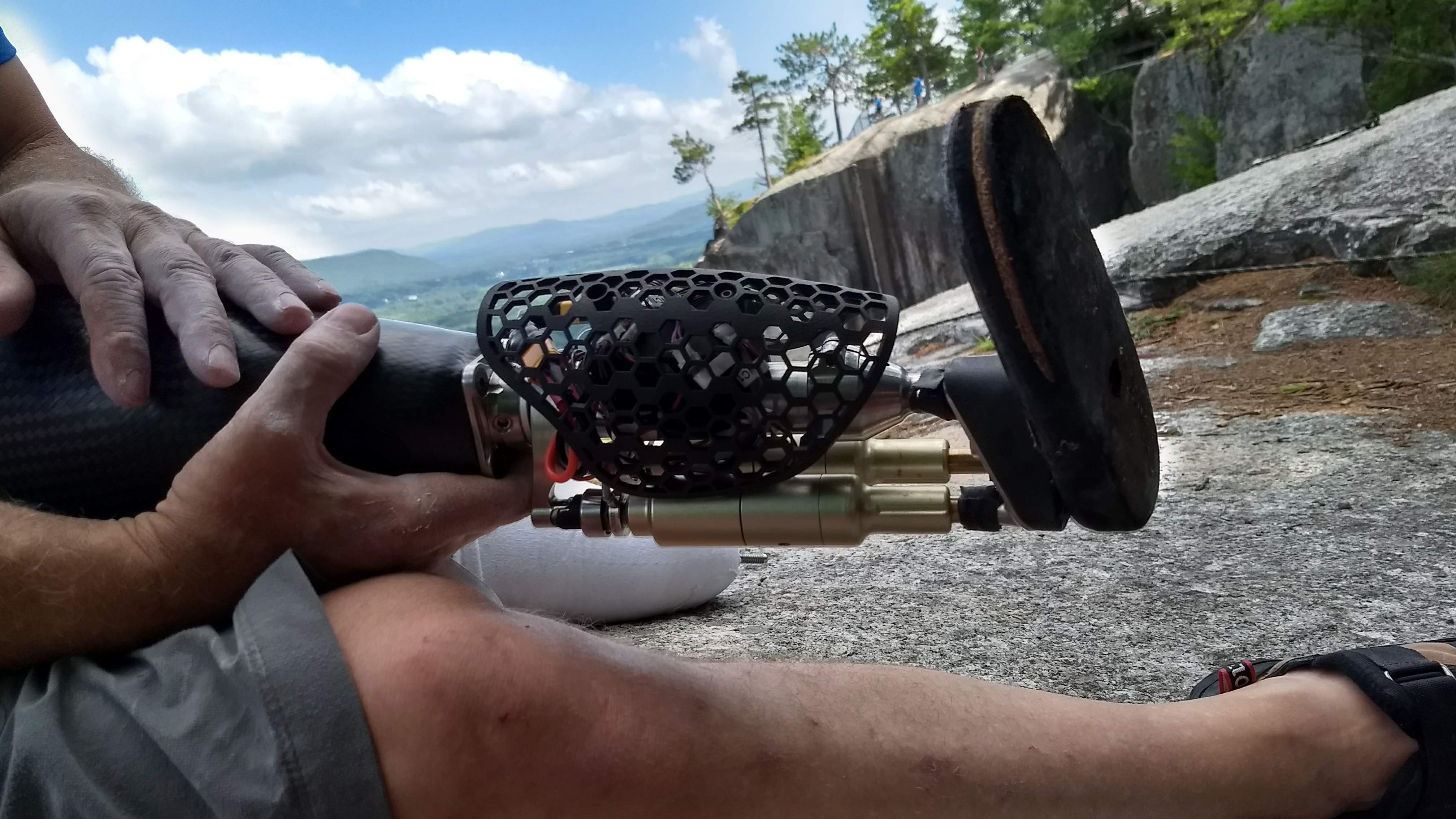

MIT Media Lab - Biomechatronics/Center For Extreme Bionics


(2016 - present)

I closely mentored a new graduate student Emily Rogers in the design and build of this system as well as specified and managed manufacturing of the embedded system (built by Dephy). Together we built a two degree of freedom neurally controlled rock climbing ankle to demonstrate a new surgical procedure, the Agonist-Antagonist Myoneural Interface (AMI), that was developed in our Biomechatronics lab. We built this two-dof rock climbing powered prosthesis in six months from conception to field testing on the edge of a cliff over the Caribean Ocean in the Cayman Islands. Demonstration of the procedure was published in the Science Translational Medicine journal article: Proprioception from a neurally controlled lower-extremity prosthesis. We sat together multiple times nearly every day for 6 months, leading her through every step of the process from system specification, actuator conceptualization, solidworks master modeling, detail design, tolerancing, all the way through manufacturing, assembly, wiring, troubleshooting and testing.
This paper provides detail on the design of the 2dof rock climbing ankle.
- E. A. Rogers, M. E. Carney, S. H. Yeon, T. R. Clites, D. Solav and H. M. Herr, "An Ankle-Foot Prosthesis for Rock Climbing Augmentation," in IEEE Transactions on Neural Systems and Rehabilitation Engineering, doi: 10.1109/TNSRE.2020.3033474, 2020.
The system was designed to allow free-space positioning with plantarflexion/dorsiflexion and eversion/inversion degrees of freedom. Once loaded the actuator would lock up, holding position without requiring substantial energy consumption. The actuators are small maxon motors coupled to non-backdrivable leadscrews. In this case we actually wanted a low-efficiency drivetrain so as to be non-backdrivable, since most of the operational time is holding position, rather than dynamic positioning.
We then tested the system with Jim Ewing the first experimental AMI amputation subject in the Cayman Islands, where he initially had his accident. Here is a substantial article by STAT News describing the work we have been doing with Jim.
Dr. Hugh Herr, our lab director then featured this work in his April 2018 TED Talk.
